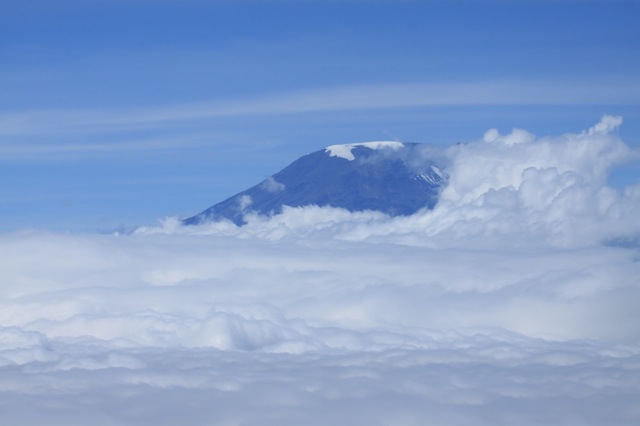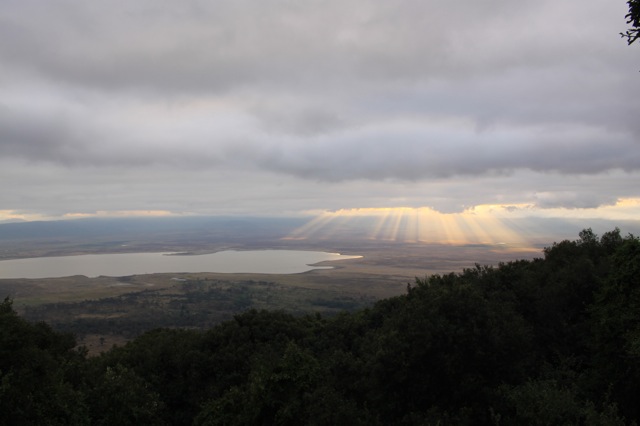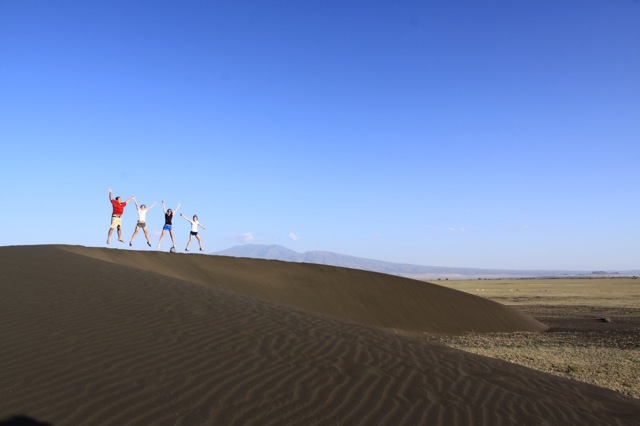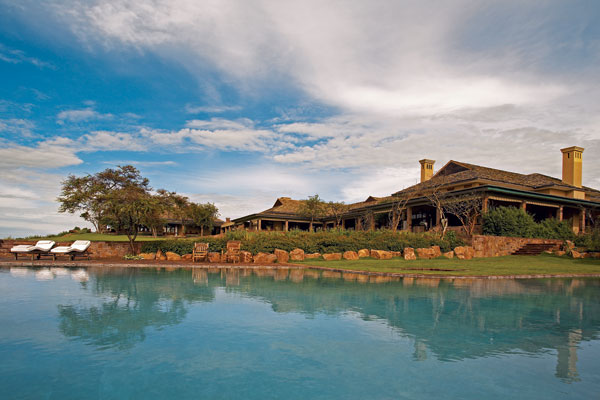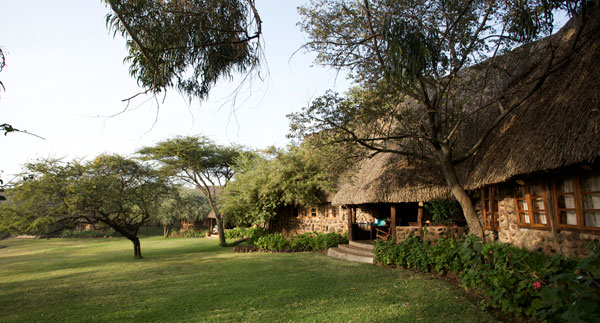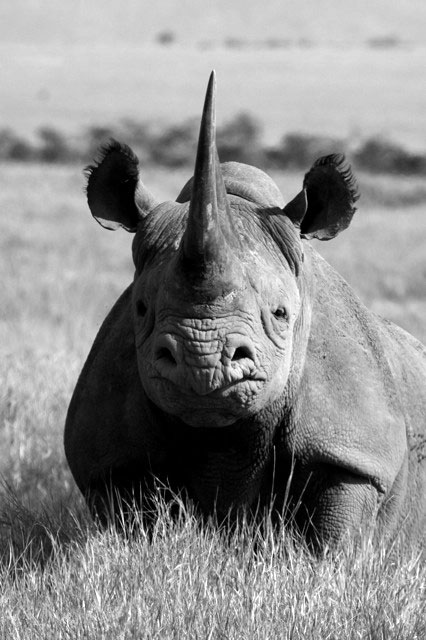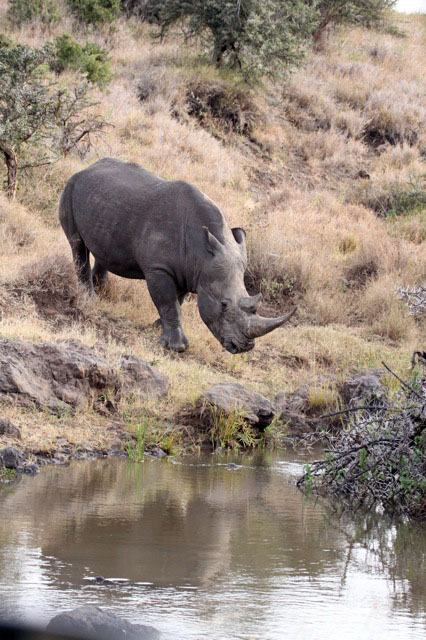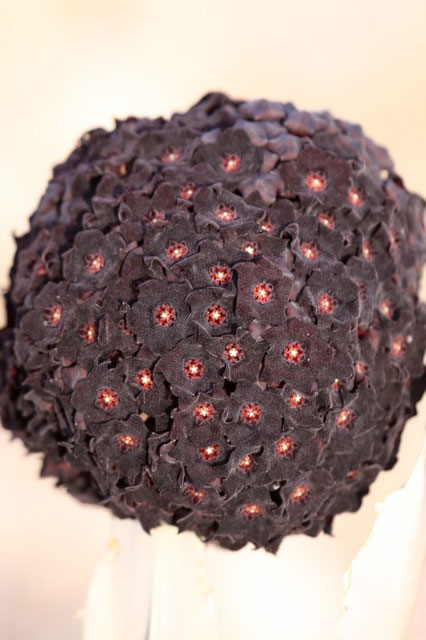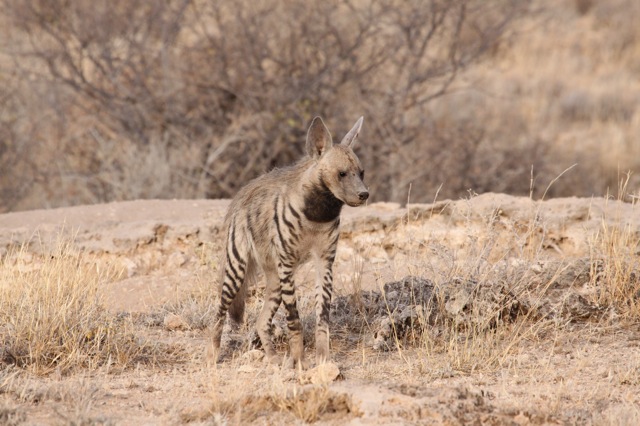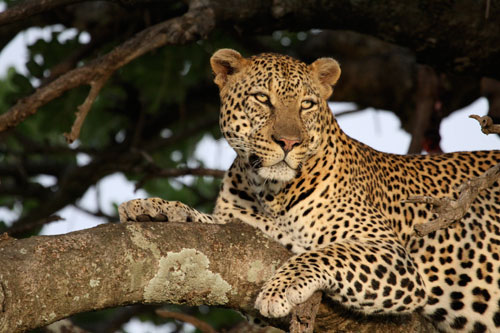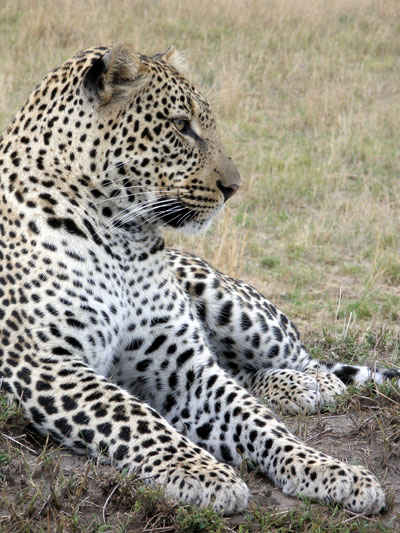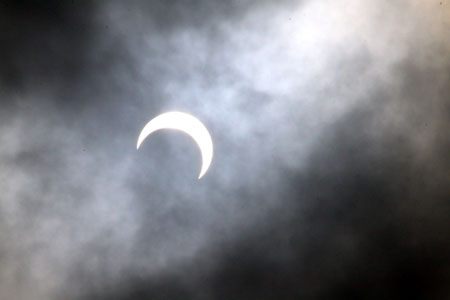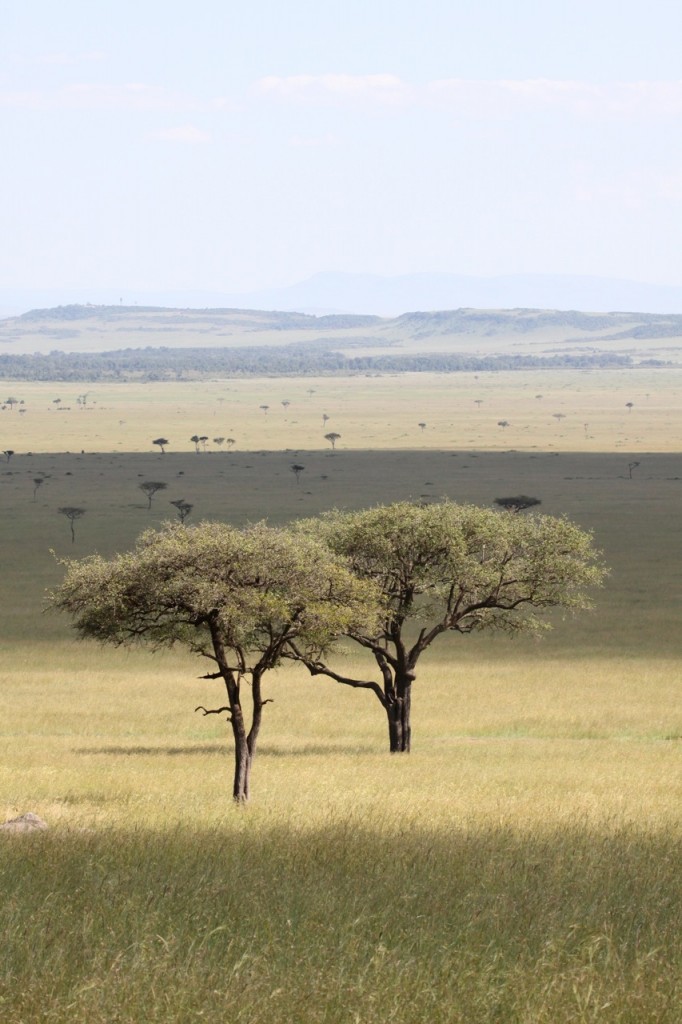After a wonderful visit to Lewa Downs, Ninian and our guests headed to Tanzania.
Their first stop was Lake Manyara for a night before driving to the world-famous Ngorongoro Crater, ( a UNESCO World Heritage site)Â at the eastern edge of the Serengeti in northern Tanzania.
The crater is part of the Ngorongoro Conservation Area, which covers more than 3 100 square miles of wilderness. Sheltered by the crater walls, the forests, grasslands, fresh springs and a large soda lake offer a wildlife haven. They also visited nearby Olduvai (Oldupai) Gorge (which was excavated by Lara’s grandparents, Louis and Mary Leakey in the mid-1950s). Based on fossil evidence found at Olduvai, it is known that various hominid species have occupied the area for 3 million years.
Next stop the northern Serengeti where they witnessed a spectacular river crossing
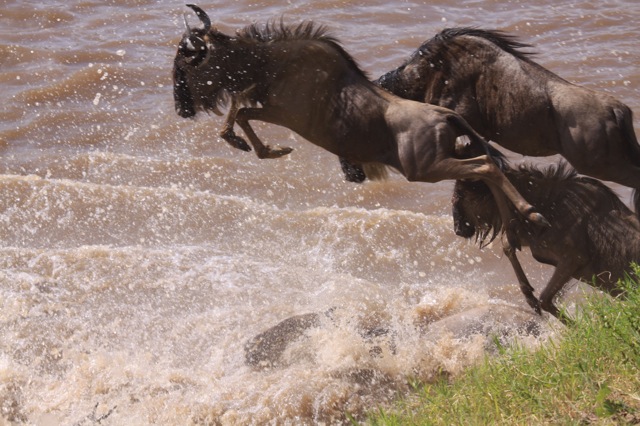
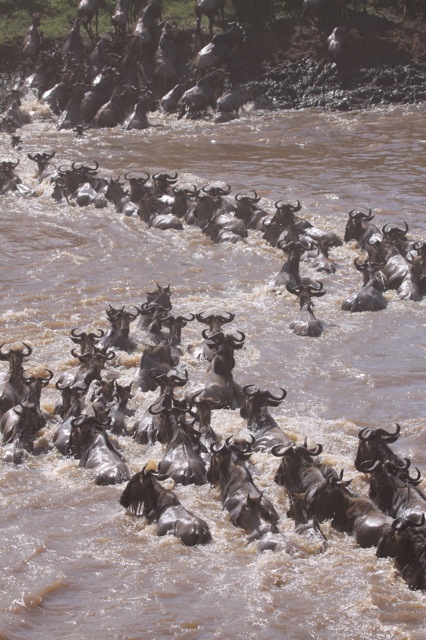
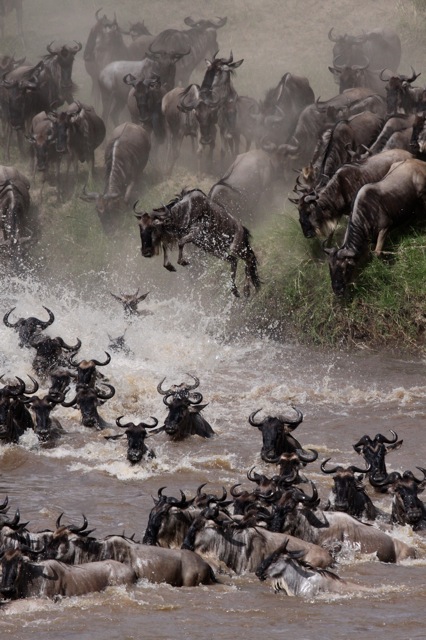 The plains were dotted with  tens of thousands of wildebeest.
The plains were dotted with  tens of thousands of wildebeest.
 Their final stop before heading to Rwanda was  Singita Grumeti Reserves to stay at Sasakwa Lodge.
Their final stop before heading to Rwanda was  Singita Grumeti Reserves to stay at Sasakwa Lodge.
One of three exclusive properties on the Grumeti Reserves 340,000 acres private concession in the Serengeti. Here they  were lucky enough to get a wonderful view of a mother leopard and her two cubs.










